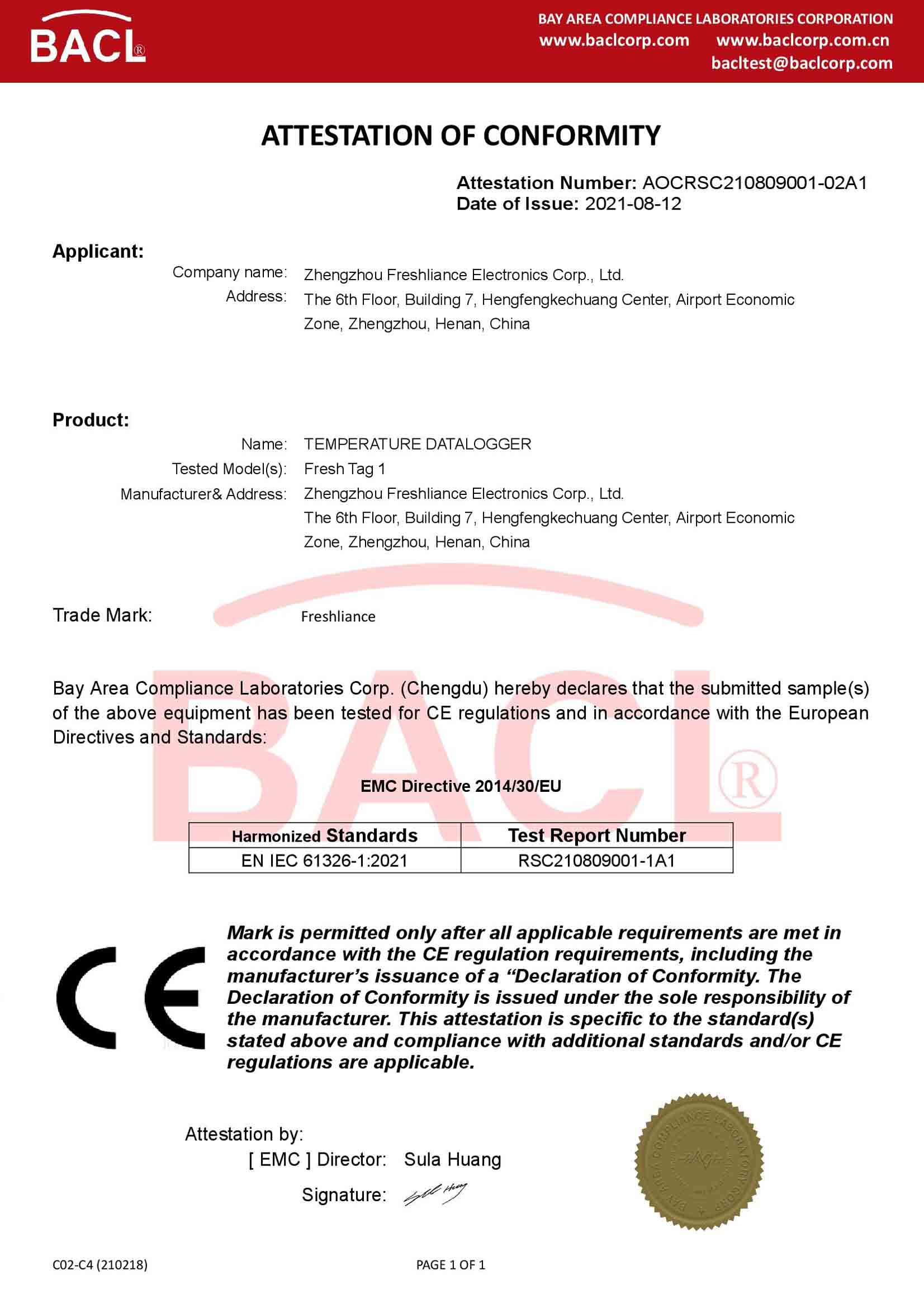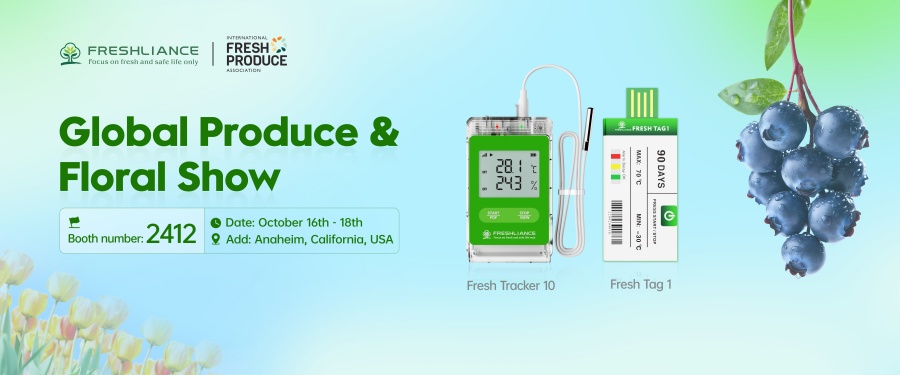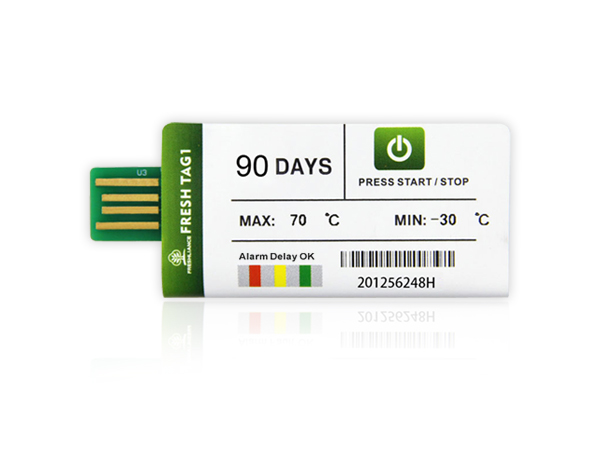How to monitor a museum's temperature and humidity?
Special attention to climate monitoring is key to promoting preventive conservation in a museum. Improper humidity and temperature can cause damage. So, how to facilitate climate data surveillance in a museum?

Museum preventive conservation: what's it all about?
Preventive conservation in a museum is taking measures to prevent and limit the deterioration of works. To achieve this, museum staff must ensure that conditions for the proper conservation of works are respected on a daily basis (inspection of collections, exhibition conditions, transport, storage, etc.). This also necessarily involves monitoring sanitary, environmental and climatic conditions.
Museum preventive conservation: why regulate the surrounding climate?
Monitoring the climatic conditions of the museum's various rooms (exhibition areas, storerooms, restoration or preparation rooms, inventory, etc.) helps to limit the deterioration of works of art. It means treatment of humidity, temperature and air quality.
These 3 elements are essential to the implementation of preventive conservation measures in a museum. In addition to their direct impact on works of art, these factors are conducive to the development of other damage, such as insect infestations or the appearance of mold, with irreversible consequences for collections.

Humidity, temperature and air quality: central to museums' preventive conservation
Although climatic conditions depend on the materials and types of works conserved, as well as the specific features of the building (location, construction materials used, external climate, etc.), the rules for conservation are generally as follows
Humidity conditions
Humidity is the most important factor in ensuring the preservation of artworks. Ideally, the humidity level in a museum should be between 45% and 55%, and fluctuations in relative humidity should not exceed 2%.
Many works of art are made of organic materials (wood sculptures, canvas paintings, parchments, textiles, etc.). As these materials are hygroscopic (they tend to absorb moisture from the air), variations in the relative humidity of the pieces can have serious consequences for the collections (breakage, deformation, corrosion of metals, etc.).
Temperature conditions
In most cases, the ideal ambient temperature for a work of art should be between 21°C and 22°C. Here again, temperature variations must be minimized as they directly affect changes in relative humidity.
In addition, too high or too low a temperature can provoke chemical reactions that can affect the conservation of certain works of art, or even degrade certain materials sensitive to temperature variations.

How can I control the climate?
A temperature and humidity monitor solution must be implemented. With BlueTag TH20, you can easily get related data. Blue Tag TH20 is an intelligent HACCP temperature and humidity data logger based on Bluetooth communication technology. This Bluetooth temperature logger offers a temperature range from -30°C to +70°C. It comes with up to 65,000 measurement values with real temperature and humidity display. The sensor is commonly used in a variety of industries to monitor ambient temperature.





























